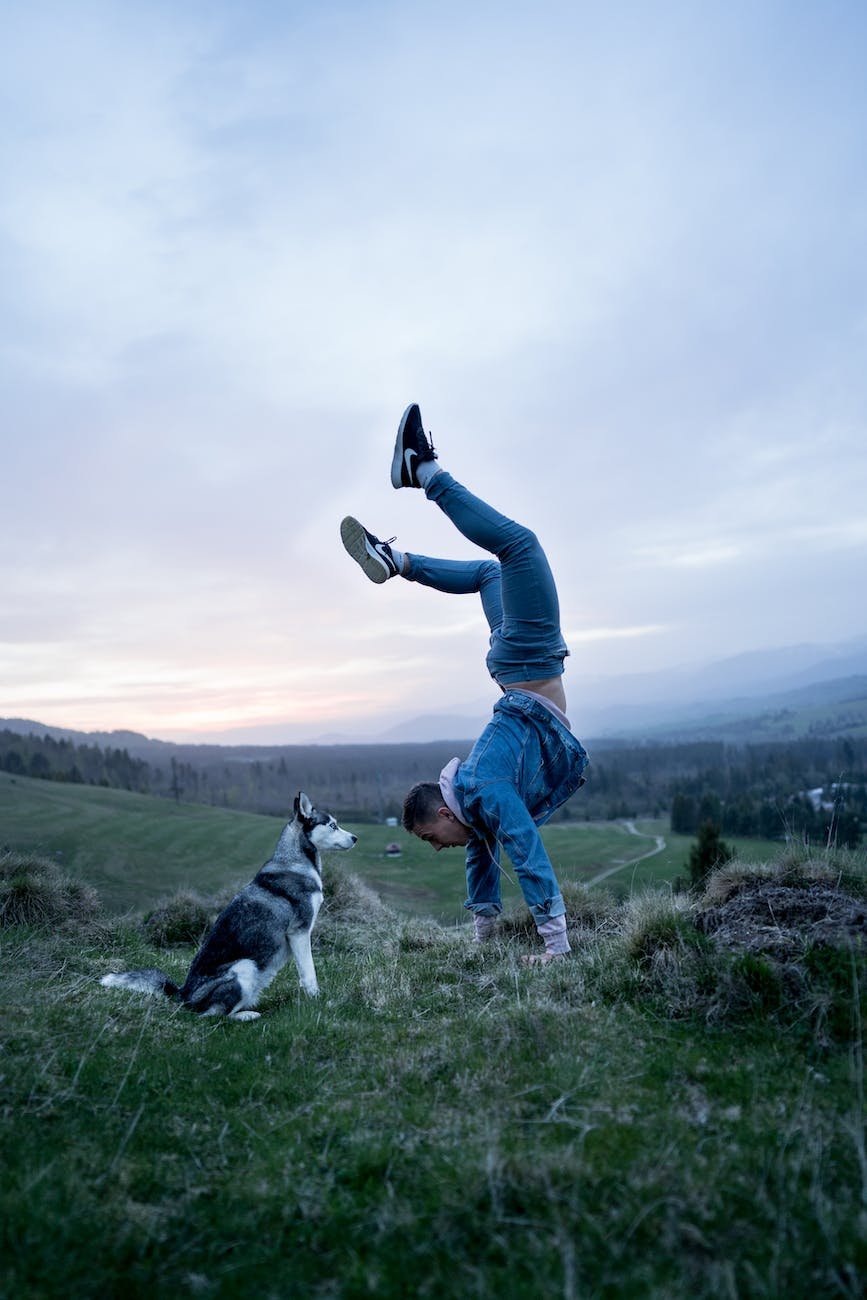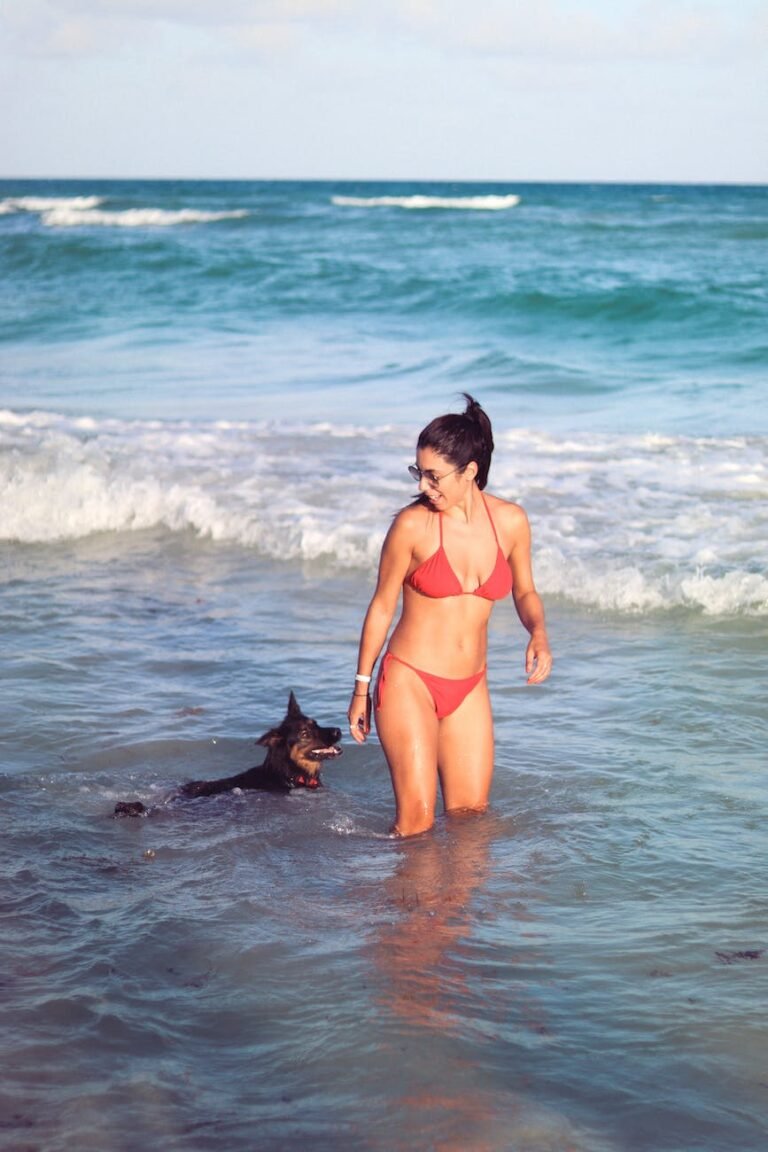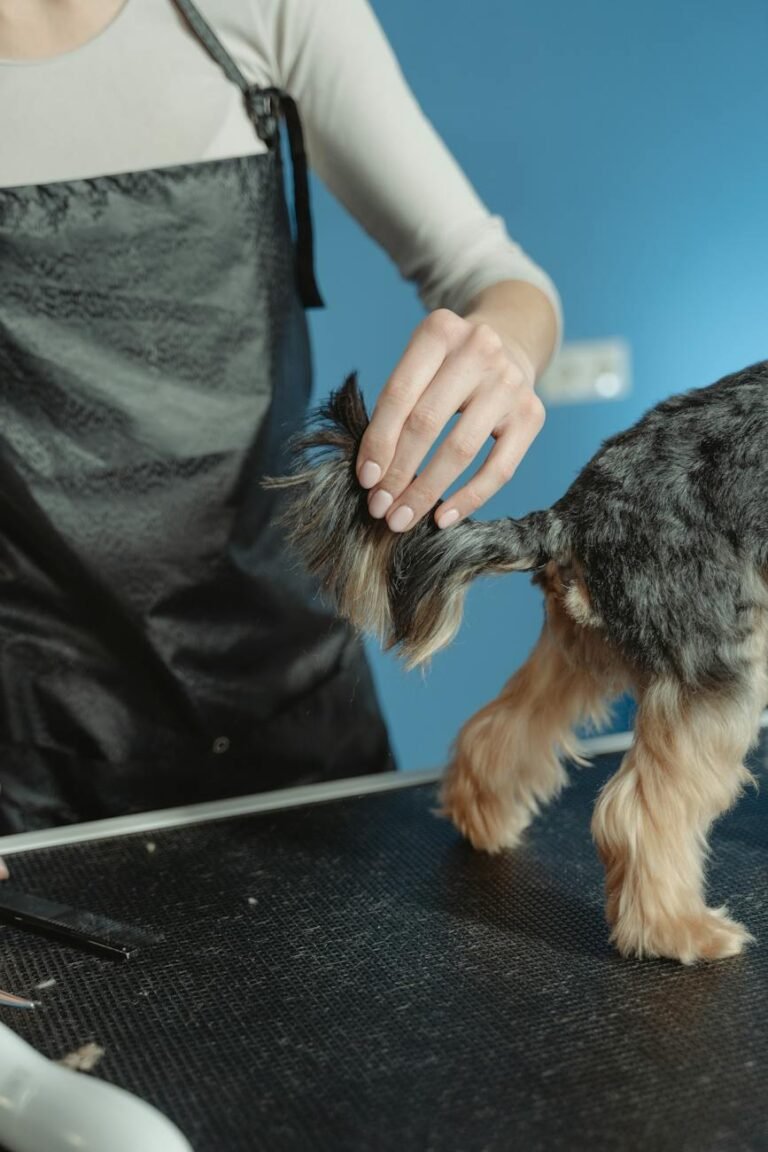Cracking the Code: Deciphering Dog Body Language for a Happy Pup
Understanding Your Dog’s Communication
When it comes to decoding your furry friend’s behavior, understanding the nuances of dog body language can be immensely helpful.
Importance of Dog Body Language
The importance of understanding dog body language cannot be overstated. Dogs have complex senses that help them communicate with humans, other dogs, and their environment, and their body language is an important aspect of this communication (The Dog Stop).
Unlike humans who primarily rely on sounds for communication, dogs depend significantly on visual cues and body language. Learning to interpret these cues can help you understand your dog’s feelings and intentions, improving your bond and enabling you to respond better to their needs.
Different Forms of Dog Communication
Dogs communicate using a variety of body language signals, including facial expressions, body postures, tail movements, and vocalizations (AKC). Common movements such as tail wagging, ear positioning, and turning of the head are all part of a dog’s communication repertoire (Wikipedia).
Dog body language can be divided into three different forms of cues: behavioral, holistic, and other. Behavioral cues focus primarily on studying movements without considering the underlying reasoning behind them. On the other hand, holistic cues are a result of expressing emotions or communicating intentions (Wikipedia).
From tail wagging to ear positioning, each of these signals provides valuable clues about what your pup might be feeling or intending to do. By understanding these cues, you can react appropriately to their behavior, whether it be signs of aggression, anxiety, or playfulness.
For a more in-depth understanding of these signals, check out our guides on dog communication signals and interpreting dog behavior. These resources can help you crack the code of your dog’s body language, leading to a happier and healthier relationship with your four-legged friend.
Interpreting Dog’s Facial Expressions
A pivotal part of understanding your furry friend is learning to interpret their facial expressions. Just like humans, dogs convey a lot of information through their eyes and ears. This section will help you unlock the secrets of your pup’s behavior by understanding the role of eye contact and ear movements in dog communication.
Role of Eye Contact
Eye contact in the world of dogs is not as straightforward as it might seem. Direct eye contact can be seen as a challenge or a sign of aggression, while averting their gaze or avoiding eye contact can be a sign of submissiveness or fear (AKC).
If your dog stares intently or has dilated pupils, it may be showing signs of aggression or fear. On the other hand, a dog that avoids eye contact or averts its gaze may be signaling submission or discomfort (AKC).
It’s important to remember that context is key when interpreting dog body language. A dog that holds your gaze with relaxed body and wagging tail probably just wants your attention. On the other hand, intense eye contact accompanied by stiff body posture could be a sign of aggression (dog body language aggression).
Understanding Ear Movements
Just as much as their eyes, the ears of a dog are expressive tools that can provide vital insights into their emotional state. Dogs have a wide range of ear movements that can indicate everything from curiosity to agitation.
For instance, when a dog’s ears are erect and facing forward, it usually indicates that the dog is alert and focused on something. If the ears are flattened against the head, it could be a sign of fear or submission.
However, as with eye contact, it’s important to take the entire body language of the dog into account when interpreting ear movements. Understanding ear movements in conjunction with other signals like tail wagging and body posture will give you a more accurate idea of what your dog is trying to communicate (canine body language).
Remember, every dog is unique and understanding their individual body language can take time and patience. Learn to observe and interpret these subtle cues to strengthen your bond with your pet and ensure their well-being. For more insight on dog communication signals, check out our other articles.
Decoding Dog’s Body Postures
Unraveling the meaning behind your dog’s body language can be a fascinating and rewarding journey. Dogs communicate their emotions through a rich tapestry of signals, with their body posture playing a crucial role. Understanding these signals can help foster a deeper relationship between you and your furry friend.
Relaxed vs Tense Postures
A relaxed dog often has a loose body posture. This can be seen in their body movement, which is typically wiggly, and their tail, which wags gently from side to side. Soft, relaxed facial expressions also characterize this state (AKC). Such a posture generally indicates that a dog is friendly and approachable.
On the other hand, a tense posture often signifies that a dog is stressed, anxious or fearful. Such a dog may display behaviors such as pacing, panting or trembling (PetHelpful). In such situations, it is important to give your dog space and try to alleviate their stress or fear.
Identifying Fearful or Aggressive Signs
Fear in dogs can manifest in a variety of ways. One common sign is a dog averting their gaze, tucking their tail between their legs, or flattening their ears against their head. A dog may also crouch low to the ground, a signal of fear or anxiety (AKC).
Aggression can be signified by a range of signs. For instance, a dog may show signs of aggression by baring their teeth, growling, or stiffening their body. Raised hackles, where the hair on a dog’s back stands up, can be a sign of aggression or fear. However, it is important to evaluate the overall body language of the dog when interpreting this signal (AKC).
Learning to decode your dog’s body language is a crucial part of understanding your pup’s emotions. It can help you respond suitably to their needs and foster a more trusting and rewarding relationship. For more insights into canine communication, check out our articles on canine body language and dog communication signals.
Analyzing Dog’s Tail Movements
Understanding a dog’s tail movements is a vital part of interpreting canine body language. A dog’s tail can convey a multitude of emotions, from joy and excitement to fear and aggression. By understanding these subtle cues, you can better interact with your dog and respond to their needs.
Tail Wagging and Emotions
It’s a common misconception that tail wagging always signifies a happy dog. While this is often the case, the specifics of the wag – its speed, direction, and the position of the tail – can indicate a variety of emotions.
A relaxed, loose body posture with a wagging tail and soft, relaxed facial expressions typically indicates that a dog is friendly and approachable AKC. A relaxed dog will have loose, wiggly body movements, with their tail wagging gently from side to side AKC. For more details on the subtleties of tail wagging, you can read our article on dog tail wagging meaning.
Conversely, a stiff wagging tail, particularly if the tail is held high, can indicate aggression or agitation. As always, consider the full picture of your dog’s body language, not just one element.
Raised Hackles: Fear or Aggression
Another key aspect of a dog’s tail and body language is the phenomenon of raised hackles. Raised hackles, where the hair on a dog’s back stands up, can be a sign of aggression or fear AKC. This can also extend to the tail, giving the appearance of a bristled, puffed-up tail.
Raised hackles along the dog’s spine can indicate that the dog is feeling threatened or aroused AKC. It is important to evaluate the overall body language of the dog when interpreting this signal.
Remember, raised hackles don’t necessarily mean the dog is being aggressive – it can also signal fear, excitement, insecurity, or arousal. As with all aspects of dog body language, it’s essential to consider the context, your dog’s overall body language, and any potential triggers in their environment. If you notice signs of fear or aggression in your dog’s body language, you might find our article on dog body language aggression helpful.
In summary, tail movements and raised hackles are just two of the many body language signals your dog uses to communicate. By learning to understand these cues, you can better meet your dog’s needs and foster a deeper bond with your furry friend. For more information on dog body language, check out our comprehensive guide on understanding dog behavior.
Behavioral Cues of Dogs
Understanding your dog’s behavior is crucial to maintaining a healthy and happy relationship with your furry friend. Dogs communicate their emotions and intentions through a variety of body language signals, including facial expressions, body postures, tail movements, and vocalizations (AKC). In this section, we will delve into the behavioral cues that are indicative of stress or anxiety as well as those that signal playfulness.
Signs of Stress or Anxiety
One of the first steps in understanding dog behavior is recognizing when your dog is feeling anxious or fearful. A stressed or anxious dog may show signs such as averting their gaze, tucking their tail between their legs, or flattening their ears against their head (AKC). You may also notice changes in their posture and body position. A dog that is crouched low to the ground with its tail tucked may be showing signs of fear or anxiety (AKC).
In addition to these signs, other stress indicators include panting, trembling, or pacing. These behaviors are indicative of their unease and discomfort in the situation (PetHelpful). Dogs who are feeling uncertain or anxious about a situation may also randomly begin scratching or licking themselves. Scared, stressed, or anxious dogs may pace, cower, shake, or tremble (Outward Hound).
Recognizing these signs and responding appropriately is crucial for your dog’s well-being. If you notice your dog displaying these behaviors, it’s important to identify and address the potential stressors in their environment.
Indications of Playfulness
On the other end of the spectrum, dogs also have a variety of signals to show that they are in a playful mood. A classic sign is the play bow, where a dog lowers its front end until elbows are on the ground, tail wagging, and butt in the air. This is a clear indication that a dog is happy and trying to initiate play with you or another animal (Outward Hound).
Other signs of a playful dog can include a wagging tail, bouncy movements, and a relaxed, open-mouthed facial expression. Dogs might also paw at you or other dogs to initiate play. Understanding these playful signals can help you better interact with your dog and engage in activities that they enjoy.
By understanding these signs of stress, anxiety, and playfulness, you can better interpret your dog’s body language and respond to their needs. This knowledge will help you build a stronger and more trusting bond with your four-legged companion. For more insights into dog behavior signals, check out our other articles on dog communication signals and dog play behavior.
The Role of Head Movements
In the world of canine communication, the movement and position of a dog’s head can reveal a lot about their emotional state. As part of understanding dog body language, let’s dive into the meaning behind different head movements.
Signifying Dominance or Submission
The orientation of your dog’s head can indicate various emotional states. An upright head often signifies attentiveness, dominance, or even aggression. On the other hand, a lowered head may suggest fear or submission (Wikipedia).
Observing these head movements in context with the rest of your dog’s body can provide a clearer understanding of their emotions. For instance, a dog displaying an upright head in combination with a stiff body or raised hackles may be indicating aggression AKC. Understanding these signals can help prevent unwanted incidents and improve your relationship with your furry friend. For more on interpreting signs of aggression, check out our guide on dog body language aggression.
Head Movements and Playfulness
A moving head can be a sign of playfulness among dogs. A classic example of playful behavior is the ‘play bow’. Here, a dog lowers its front end until its elbows touch the ground, wagging its tail, with its butt in the air. This is a clear sign that your dog is happy and trying to initiate play with you or another animal (Outward Hound).
Recognizing these joyful head movements can make playtime even more enjoyable for you and your dog. It also enhances your ability to monitor their well-being and happiness. For more insights into playful behavior signs, explore our article on dog play behavior.
Understanding your dog’s head movements, in conjunction with the rest of their body language, can significantly enhance your communication with your pet. It allows you to respond appropriately to their needs and emotional state, fostering a deeper bond between you and your furry friend. For a holistic understanding of your dog’s communication, don’t forget to check out our complete guide on understanding dog behavior.







